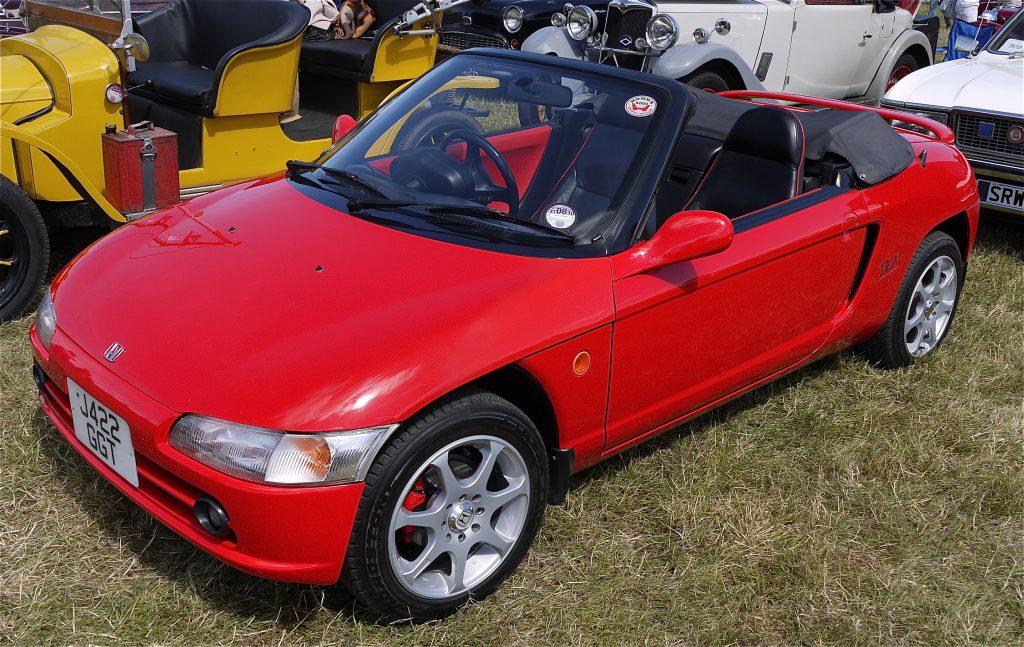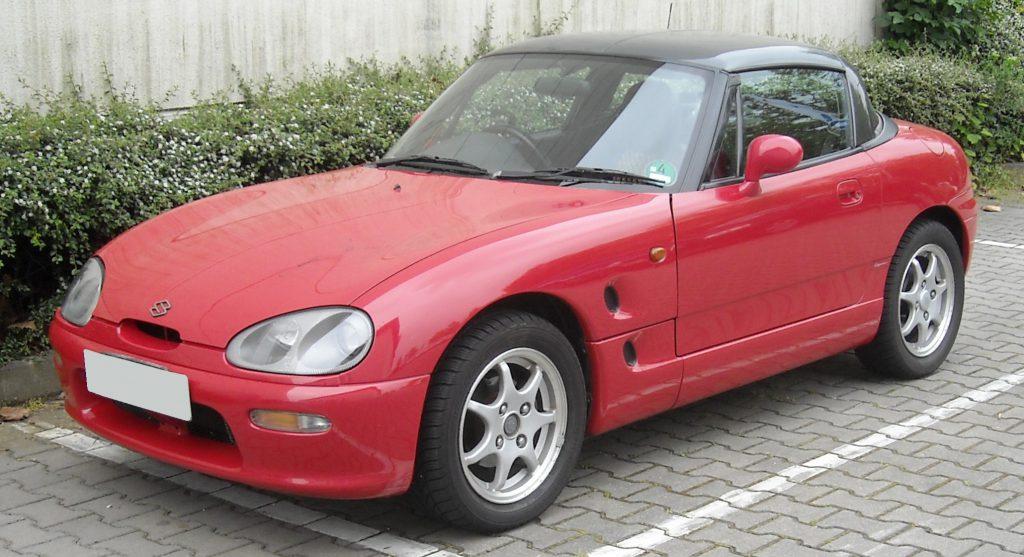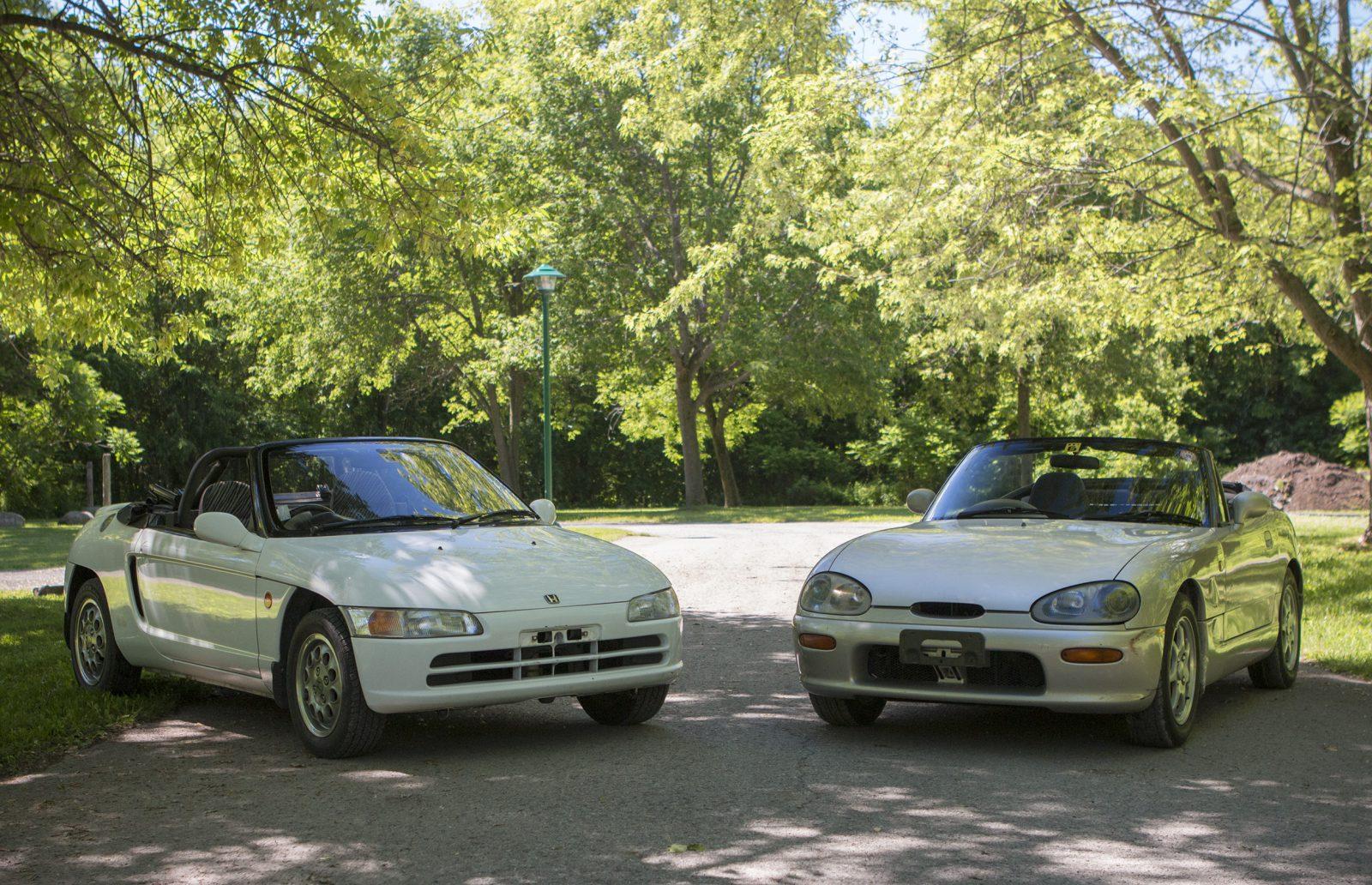Let us now understand the competition of Suzuki Cappuccino Vs Honda Beat to know which car is better.
During the 90s, the Japanese automobile industry was booming with no idea being impossible to try.
Whether it was manufacturing a car with turbochargers, high-tech electronics, or twin camshafts; the Japanese automobile industry welcomed all ideas with open arms.
This blog will provide you with a comparison between the two cars manufactured by the same automobile industry, the Japanese automobile industry.
You can search online to know more about car comparison between different car models.
Contents
The Suzuki Cappuccino Vs Honda Beat: Detailed Comparison
Many advanced features have been inculcated in Japanese cars during the 90s, one of them being the small cars. These cars had a 660cc-engine, which could not generate power more than 63 horsepower.
On the one hand, a majority of these cars came with hatchbacks, but there were some, which were full sports cars.
1. First, The Basics
On the one hand, the Suzuki Cappuccino is a rear-wheel drive with the capacity to seat two. It is a sports car, which comes with a front engine. The styling highly resembles the Shelby 1 series cars, not to forget that it has a three-way folding hardtop.
The Honda Beat has its engine placed behind the seats, and the three-cylinder engine does not need a turbo to reach its 63hp capacity.
The beat uses the individual throttle and pure revs to generate the required power and sounds similar to the V12 engine.
While you are driving the Beat, the sound of combustion and gear changes can be easily heard. It makes the Beat stand out in the battle of Honda Cappuccino Vs Honda Beat without a doubt.

SEE MORE:
- What Are Different Car Brands Known For?
- Honda Fit Vs Suzuki Swift: Which is the best Subcompact Hatchback?
2. The Horsepower And Space
However, the Beat cannot be the only racing car if both the cars can pull off 63 horsepower. The Cappuccino comes with a powerful turbocharger, which provides it with extra power on the road as once the turbo starts, the car takes off.
However, as far as shifting from the first to second is concerned, the Suzuki Cappuccino could do more. When it comes to manual shifting, then it is hard to beat Honda.
Besides, the Honda Beat has a rear trunk with a little less space. On the other end, the Suzuki Cappuccino comes with a larger trunk space making it more spacious.
Once you sit inside a Cappuccino, you will not think of leaving again for a long time.

3. Safety Features
Given their age and the design constraints of kei cars, neither the Suzuki Cappuccino nor the Honda Beat come equipped with the advanced safety features found in modern vehicles.
However, both were designed to comply with the safety regulations of their time. The lightweight and compact design inherently means less protection in the event of a collision compared to larger vehicles.
4. Reliability
Renowned for its engineering and build quality, the Cappuccino enjoys a reputation for reliability.
Its turbocharged 657cc engine is generally robust, provided it receives regular maintenance. Being a Suzuki, parts availability is relatively good, aiding in the upkeep of the vehicle.
On the other hand, the Beat is also celebrated for its reliability, with its naturally aspirated 656cc engine known for enduring high revs without significant issues. Honda’s engineering excellence shines through in the Beat’s durability.
FAQs
1. How do the driving experiences of the Suzuki Cappuccino and Honda Beat compare?
The Suzuki Cappuccino, with its front-engine, rear-wheel-drive (FR) layout, offers a classic sports car feel, emphasizing balance and rear-end playfulness.
In contrast, the mid-engine, rear-wheel-drive (MR) layout of the Honda Beat provides a distinct driving experience with enhanced agility and a more centralized weight distribution, leading to exceptional handling characteristics.
2. What role did each car’s design philosophy play in its development?
The Suzuki Cappuccino was designed with the intention of creating a compact yet traditional sports car, incorporating a lightweight structure with a turbocharged engine to maximize performance and driver engagement.
Meanwhile, the Honda Beat was the last car approved by Soichiro Honda, focusing on delivering joy and excitement behind the wheel, epitomized by its naturally aspirated engine and unique MR configuration.
3. How do the roof mechanisms of both cars enhance their appeal?
The Suzuki Cappuccino features a unique three-piece roof that allows drivers to enjoy it as a closed coupe, T-top, targa, or a full convertible, offering versatile open-air experiences.
The Honda Beat, on the other hand, comes with a standard manual soft-top convertible roof, simplifying the transition from a closed to an open-top car and emphasizing its fun, convertible nature without the complexity of a modular roof.
Check out this video from Hagerty to get more information on the Honda Beat and the Suzuki Cappuccino!
4. Can modifications enhance the performance of the Suzuki Cappuccino and Honda Beat significantly?
Both cars have a strong following in the tuning and modification community. For the Suzuki Cappuccino, enhancements often focus on increasing turbo performance and optimizing the FR layout for track use.
The Honda Beat’s modifications typically aim to maximize the efficiency and response of its naturally aspirated engine, with upgrades to suspension and brakes to exploit its mid-engine layout fully.
5. How does parts availability compare for both models?
Given their age and niche status, finding replacement parts can be challenging for both models.
However, the Suzuki Cappuccino, due to its shared components with other Suzuki models, may offer slightly better parts availability compared to the Honda Beat.
Enthusiast communities and specialty importers are invaluable resources for sourcing rare parts for both vehicles.
6. What is the impact of each car on the modern automotive culture?
The Suzuki Cappuccino and the Honda Beat have left lasting legacies in the automotive world, celebrated for their adherence to the kei car ethos of minimalism, efficiency, and joy of driving.
They continue to influence a subset of enthusiasts who value the purity and engagement of driving over sheer power, contributing to a growing appreciation for compact sports cars.
Summing Up
Both the cars offer a different driving experience to race lovers. On the one hand, the Honda Beat has a racy look with the tight shifter.
However, when it comes to a sports car, then Suzuki Cappuccino wins the race. It offers more power and is slightly comfortable as compared to the Beat.
Thus, in the battle of Suzuki Cappuccino Vs Honda Beat, both the cars have their positives and negatives.



